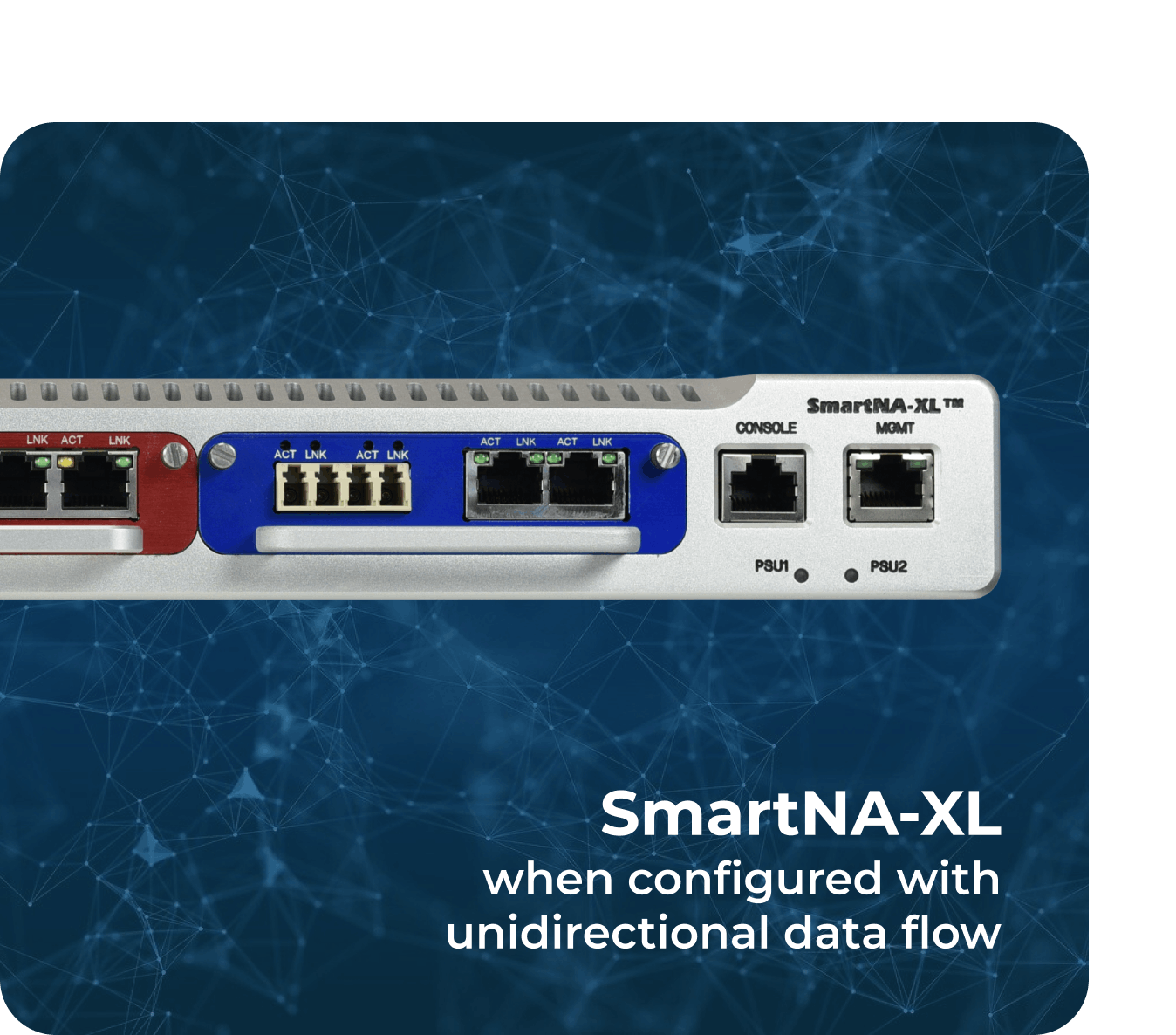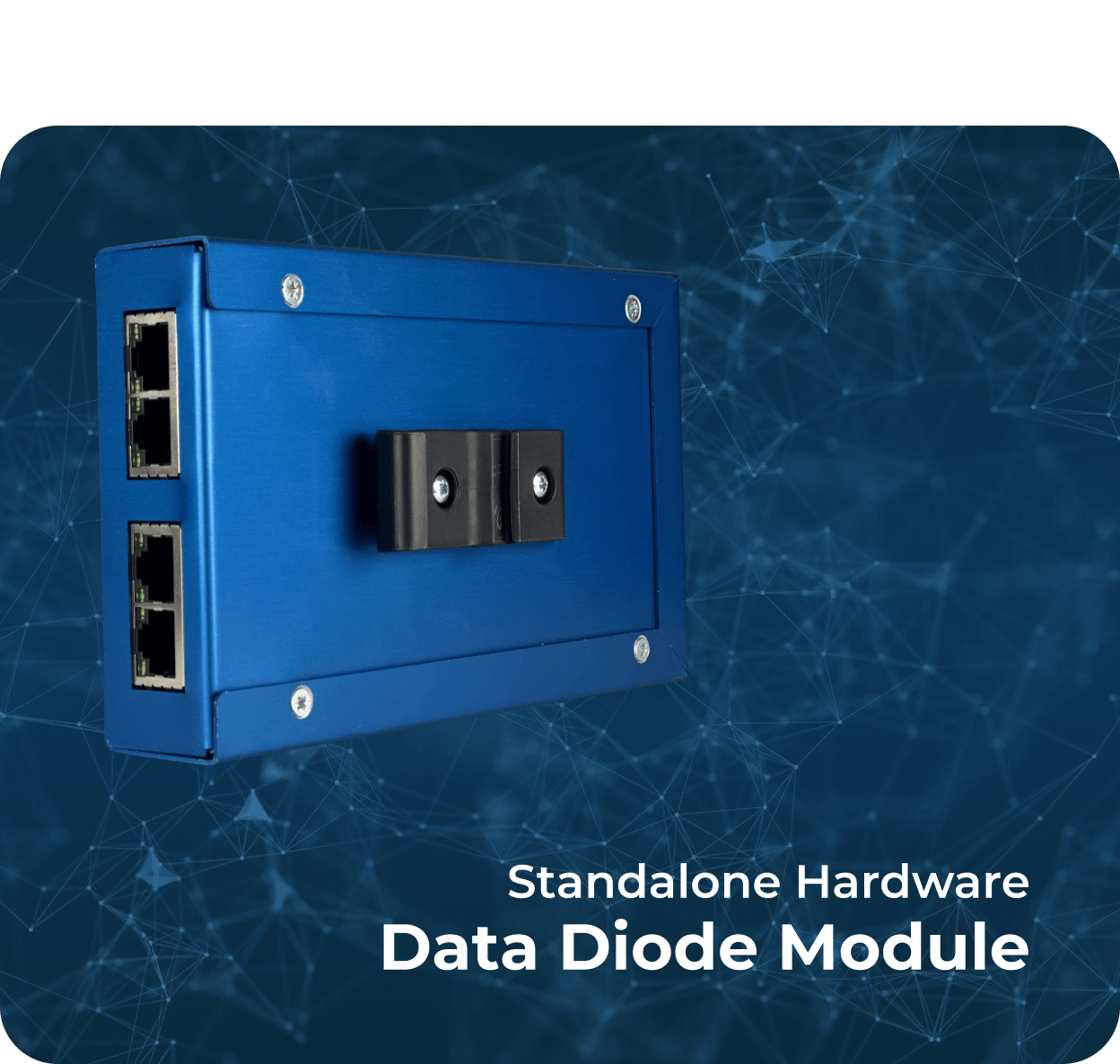Deployment Options
Choose from flexible data diode options – either as standalone devices or integrated into monitoring tools, like TAPs, Packet Brokers, and SmartNA systems.
bg-dark
Send data securely, prevent data breaches, and reduce the risk of cyberattacks.




Choose from flexible data diode options – either as standalone devices or integrated into monitoring tools, like TAPs, Packet Brokers, and SmartNA systems.



“The Network Critical platform allows us to connect all the right tools while maintaining the highest level of reliability.”

U.S. Government Agency
Data Management Systems Analyst
"Network Critical’s solutions compliment HSBC’s environment perfectly - combining the zero latency with modular functionality and features to maximise their network performance reporting. This resulted in HSBC being able to continue to provide to their customers with first class service while ensuring security and efficiency."

HSBC
Senior Technical Consultant
"Continuous monitoring is critical to digitization and automation of our many monitoring systems. Being able to monitor remote sites from a single location keeps our systems up to date without having a large staff running around in trucks."

BP
Senior Project Manager, Refining Operations


A hardware device that physically enforces one-way data flow. It’s designed to maintain secure communication between networks of differing trust levels.
A data diode enforces one-way communication at the hardware level. Firewalls and ACLs use software rules and can be misconfigured or exploited.
Yes, they’re commonly used in OT/ICS for secure segmentation between critical systems and external networks.
Yes, data diodes support compliance with these standards.
If properly implemented, data diodes are extremely difficult to bypass because they are physical hardware with no software interface to exploit. However, poor implementation or side-channel attacks could pose risks.
Our data diodes operate with <1 milliseconds latency and are engineered for high throughput in performance-critical environments.
No, true data diodes do not support bidirectional protocols like TCP. Workarounds involve using protocol breaks or proxy systems.